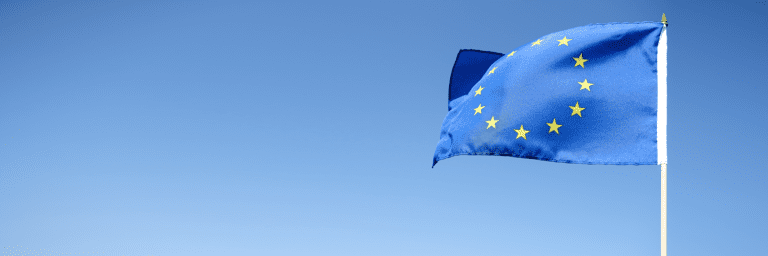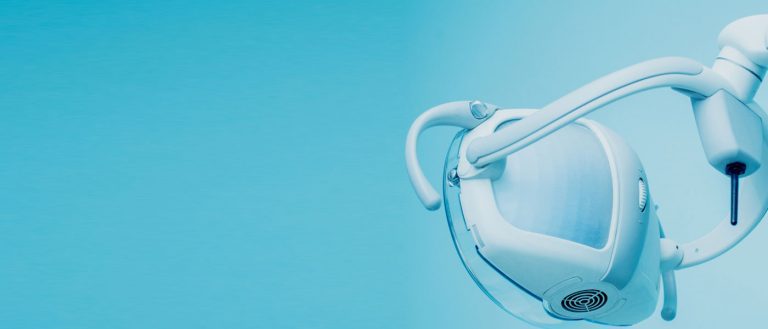
The EU medical devices regulation (MDR) diagnosed – what you need to know about the language requirements
The global medical devices market was valued at USD 489 billion in 2021 and is projected to grow to more than US
In a highly regulated international market like medical technology, high-quality and accurate medical device localisation is crucial to ensure compliance with regulations and accessibility for all patients.
The market for medical devices is steadily growing, with an average growth rate of 5% each year over the past 10 years and forecast to reach a value of USD 800 billion by 2030. The industry’s central hubs can be found in the US and Europe, while demand is increasing around the world, so there is also a growing need for medical device localisation into a wide range of languages.
The US market makes up 46.6% of the global market, exporting primarily to the European Union and Japan. Europe is the next largest market (26.4%), with most companies located in Germany, Italy, the UK, Hungary, France and Switzerland. Europe primarily exports to the US, China, Japan and Russia.
The shift within healthcare organisations to focus on early diagnosis and treatment, as well as better access to improved technology to catch diseases early, has resulted in an increased number of patients in need of medical devices.
2022 saw more than 15,600 patent applications filed in Europe in the medical technology field, the second highest among technical industries in Europe.
We know that any medical device localisation project needs to be entirely accurate, as people’s health and well-being are at risk. As the first UK company to achieve both ISO 17100 and ISO 18587 certifications, we will go above and beyond to deliver a quality that exceeds expectations.
Quality-assured process
Each translation is thoroughly checked for errors in several stages, and our ISO 17100 certification means that the translation process is fully traceable back to the individual linguists involved.
Experienced linguists and project managers
Our teams work with over 5 million words of life sciences content each year, so they are familiar with projects containing complex technical and medical content. They can leverage all our resources and yours to ensure that high-quality and accurate translations are produced.
Our terminology resources mean that you have control over your content. We work with you to create, manage and store your company’s terminology in a termbase, ensuring accuracy and consistency across all your translations, both now and in the future.
Great medical device localisation should account for the different audiences in the healthcare sector, such as experts like physicians and non-experts like patients. Organised terminology management incorporates multiple equivalent terms for audiences with different levels of medical knowledge, giving you confidence in every piece of your content.
International regulations like the EU’s MDR and IVDR and the US FDA’s pre-market approval process and post-market requirements stipulate that higher-risk medical devices and their supporting documentation must be translated into the local language of the country in which they are being sold, making medical device localisation essential for any company in this industry.
Localisation of wearable devices
Wearable medical devices, including fitness trackers, electrocardiogram monitors and blood pressure monitors, have become a rapidly expanding part of the medical device industry. They are used in a variety of contexts, ranging from day-to-day use for the general public to monitoring in clinical trials, rehabilitation centres and hospitals. For companies in this section of the industry, medical device localisation is essential to provide customers with a personalised experience and communicate accurate medical information clearly to improve patient outcomes and lives around the world.
Let's talk about your next project

The global medical devices market was valued at USD 489 billion in 2021 and is projected to grow to more than US

No longer part of the European Union, the regulatory burden of exporting can be substantial for a UK company tha
© 2025 Sandberg Translation Partners Ltd. All rights reserved.
Company registration number: 4120504 VAT: GB619951996